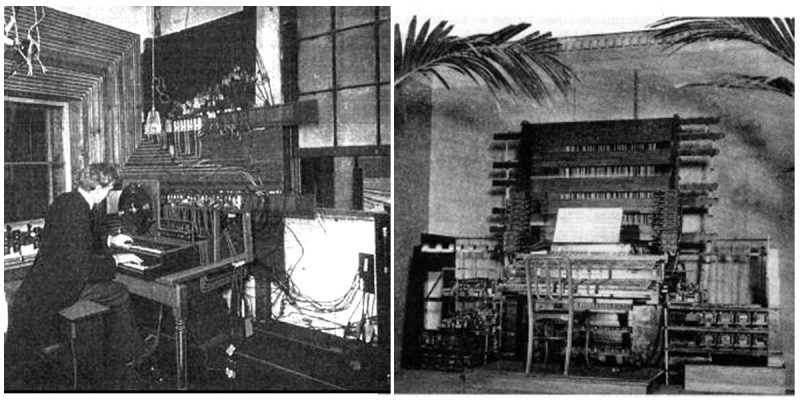The Telharmonium, also known as the Dynamophone, was an early electrical organ invented by Thaddeus Cahill in 1896 and patented in 1897.
It is considered to be the first significant electronic musical instrument. The Telharmonium transmitted its electrical signal through wires and was heard on the receiving end by means of “horn” speakers.
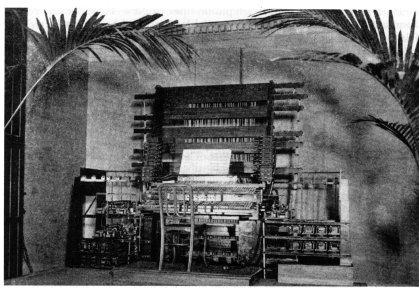
There are three versions of this electrical organ: the Mark I version, the Mark II version, and the Mark III version. The Mark I version weighed almost 7 tons, and the other two versions almost 200 tons, each being a considerable advancement over the features of its predecessor.
The mechanism of the instrument was so large that it occupied an entire room – wires from the controlling console were fed discreetly through holes in the floor of an auditorium into the instrument room itself, which was housed in the basement beneath the concert hall.
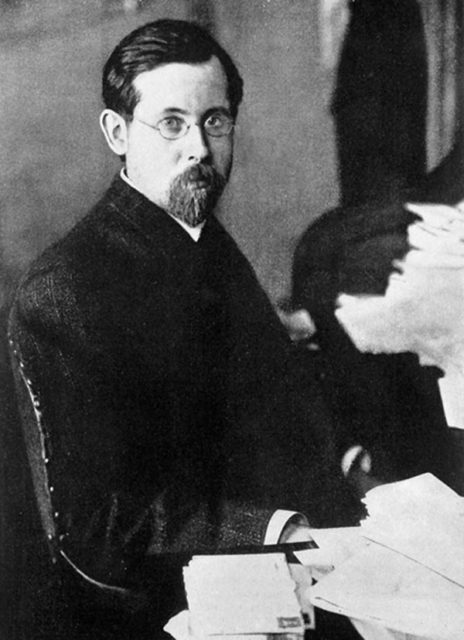
The Telharmonium needed 670 kilowatts of power and had 153 keys that allowed it to work properly. The tones of the instrument were “clear and pure”- referring to the electronic sine wave tones it was capable of producing. However, the Telharmonium was not restricted to only simple sound making. The instrument was noted for its ability to reproduce the sounds of common orchestral woodwind instruments such as the flute, clarinet, bassoon, and also the cello.
It was usually played by two musicians and reproduced the best classical music: Bach, Rossini, Chopin, etc. According to the Synth Museum, the first performances of the Telharmonium were made from the Cabot Street Mill workshop and were transmitted to the Hotel Hamilton about a half-mile away. In 1906, there were performances in New York City and the Telharmonium was well received by the public. The switching systems were installed in the basement while the performance console was installed in the newly built Music Hall at street level.
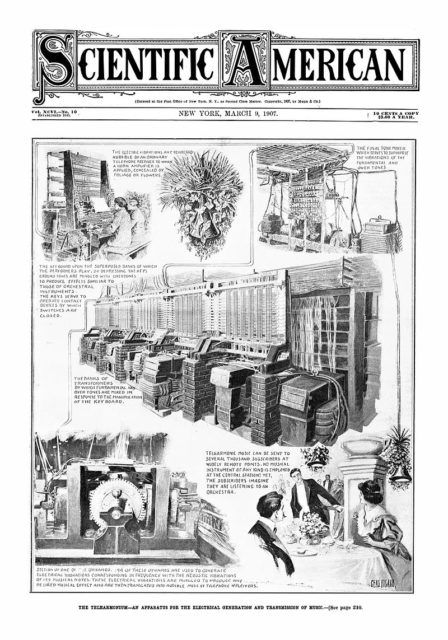
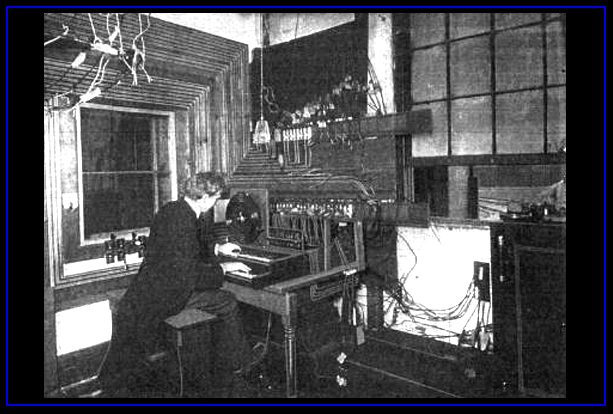
The Telharmonium’s demise came for a number of reasons. It was really big and heavy which caused obvious problems. In addition, problems began to arise when telephone broadcasts of Telharmonium music were subject to crosstalk and unsuspecting telephone users would be interrupted by strange electronic music.
By 1912, interest in this revolutionary instrument had changed, and Cahill’s company was declared unsuccessful in 1914.
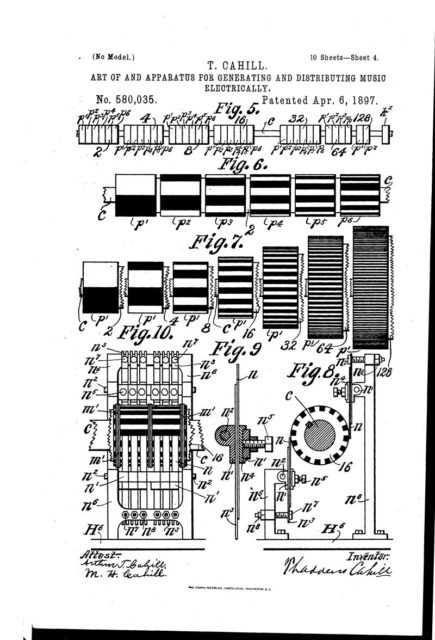
Cahill had tremendous ambitions for his invention. He wanted telharmonium music to be broadcast into hotels, restaurants, theaters, and even houses via the telephone line. His idea proved to be fruitful nearly a century later, with the advent of streaming media.
He died in 1934 and his younger brother retained the Mark I version for decades, but was unable to interest anyone in it. This was the last version to be scrapped in 1962.
